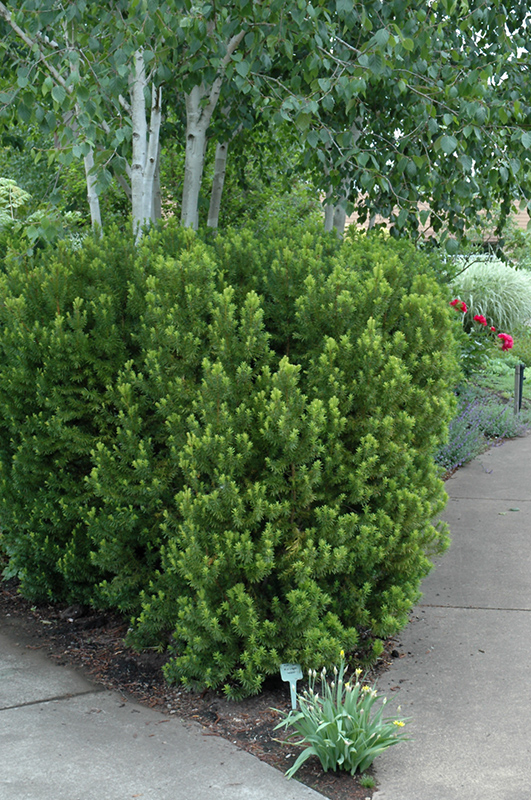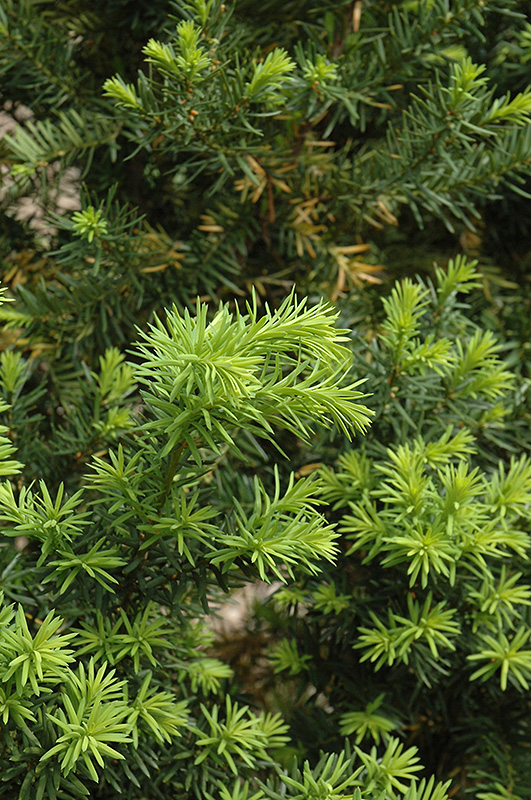Height: 12 feet Spread: 4 feet
Sunlight:
Hardiness Zone: 4a Description: A top notch landscape shrub featuring a dense, upright habit and bright green emerging foliage held over dark evergreen needles in spring; makes a great hedge, takes pruning very well; one of the few evergreens that loves shade Ornamental Features Yew, Hicks is a dwarf conifer which is primarily valued in the landscape or garden for its rigidly columnar form. It has dark green evergreen foliage which emerges light green in spring. The ferny sprays of foliage remain dark green throughout the winter. The fruits are showy red drupes displayed from early to late fall. Landscape Attributes Yew, Hicks is a dense multi-stemmed evergreen shrub with a narrowly upright and columnar growth habit. Its relatively fine texture sets it apart from other landscape plants with less refined foliage. This is a relatively low maintenance shrub, and can be pruned at anytime. It has no significant negative characteristics. Yew, Hicks is recommended for the following landscape applications; Planting & Growing Yew, Hicks will grow to be about 12 feet tall at maturity, with a spread of 4 feet. It has a low canopy with a typical clearance of 1 foot from the ground, and is suitable for planting under power lines. It grows at a slow rate, and under ideal conditions can be expected to live for 50 years or more. This shrub performs well in both full sun and full shade. It does best in average to evenly moist conditions, but will not tolerate standing water. This plant should be periodically fertilized throughout the active growing season with a specially-formulated acidic fertilizer. It is not particular as to soil type or pH. It is highly tolerant of urban pollution and will even thrive in inner city environments. This particular variety is an interspecific hybrid, and parts of it are known to be toxic to humans and animals, so care should be exercised in planting it around children and pets. Special Attributes Evergreens need to be watered during the winter. Our desert climate especially in late winter to early spring evergreens can suffer during next growing season. An easy way to remember check for dryness on the holidays Halloween, Thanksgiving, New Year's Day, Valentines Day & Easter.![]()
![]()
![]()
![]()
![]()
![]()
![]()
![]()
![]()
![]()
![]()
![]()
![]()
![]()



